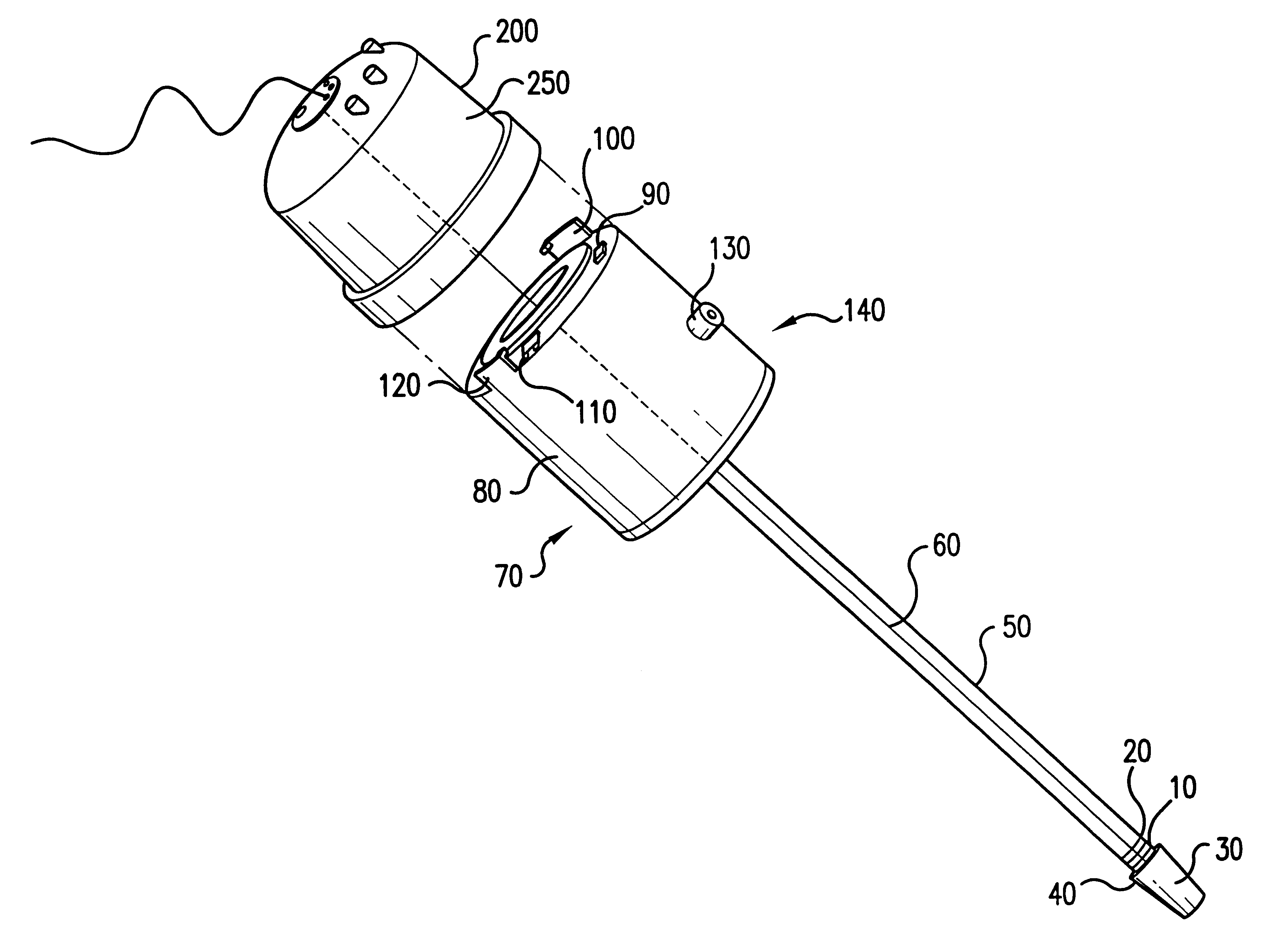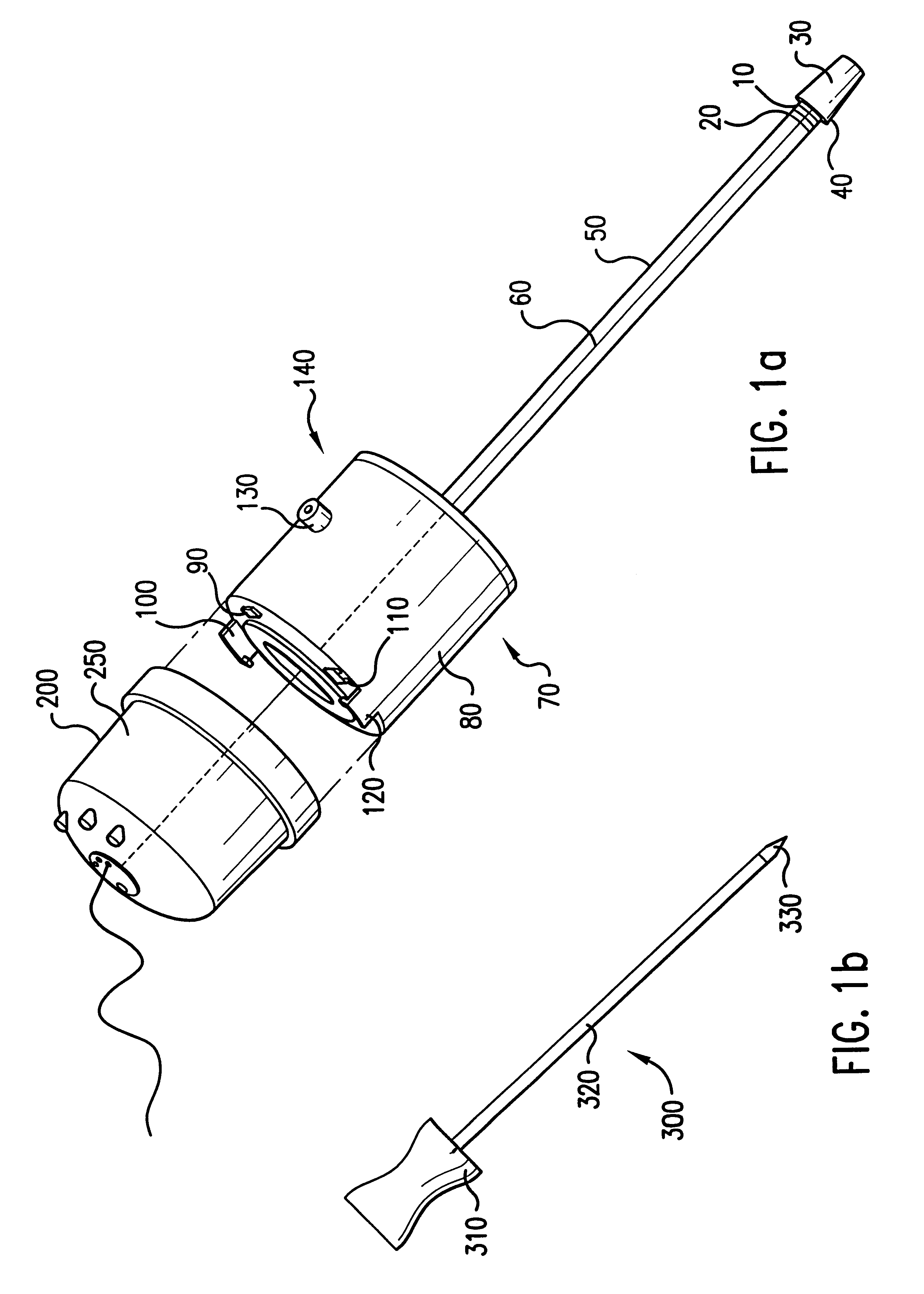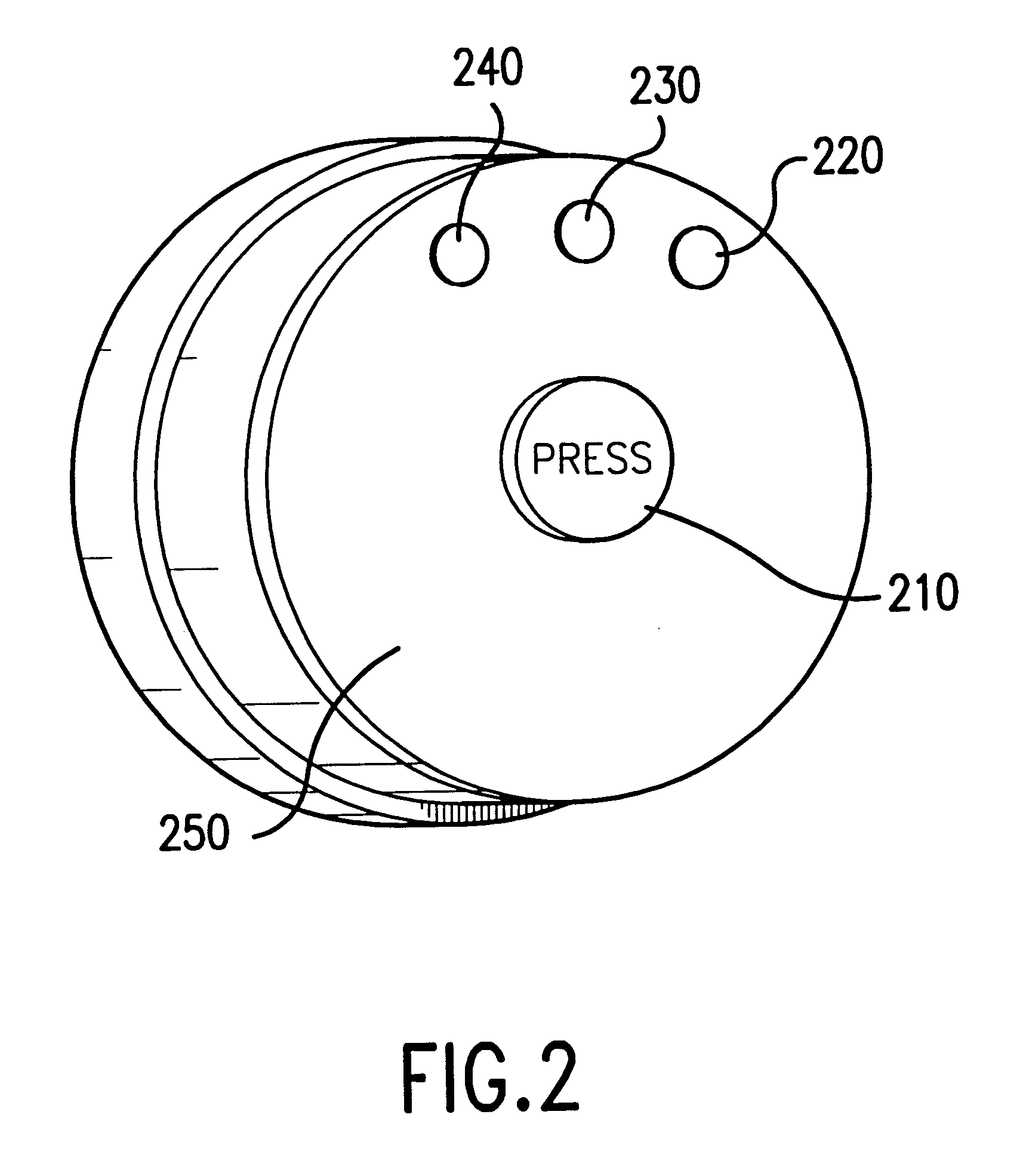Systems and methods for reducing post-surgical complications
- Summary
- Abstract
- Description
- Claims
- Application Information
AI Technical Summary
Benefits of technology
Problems solved by technology
Method used
Image
Examples
example 2
Using Temperature as the Indicator of Treatment Completion
A rabbit study was conducted to determine the effects of monitoring tissue temperature to control the amount of RF energy applied to the peritoneal tissue and the effect on the incidence of post-operative adhesions. A small midline incision was made on the dorsal surface of each of the three treated rabbits. Immediately after a trocar was inserted into the incision, RF energy was applied to the injured tissue until the tissue temperature reached a set trigger point of 100.degree. C.; a monopolar assembly was used. After each animal's serosa of the small bowel was roughened using cotton swabs, the incision was sutured. One week later, the animals were sacrificed and the incidence of adhesions to the port site and organs was determined. Two of the three animals showed no signs of adhesions while the third had grade 2 adhesions (rated 0 to 5 with 5 being the worst).
example 3
Using Time as the Indicator of Treatment Completion
Rabbits were used to determine the effects of using time to control the amount of RF energy applied to the peritoneal tissue and the effect on the incidence of post-operative surgical adhesions. Two small incisions were made on either side of the dorsal midline surface of the rabbit's body (n=2). One trocar was inserted into each incision, and RF energy was applied for 60 seconds. The rest of the procedure is as described in Example 2. One week later, the animals were sacrificed and the extent of adhesion formation at the port site and to the organs was assessed. One animal exhibited no adhesions to either of the port sites or to any of the abdominal organs. The other animal had no adhesions to one port site but at the other port site, there was herniation of the small bowel, accompanied by a grade 2 adhesion.
example 4
Using a Combination of Temperature and Time as the Indicator of Treatment Completion
Rabbit Study
A rabbit study was conducted to determine the effects of applying RF energy on the incidence of connective tissue adhesion formation following perforation of the peritoneum. After the rabbits were anesthetized, two trocars were inserted into the abdomen of each rabbit. RF energy was applied through each trocar hole immediately after insertion maintaining the temperature at 75.degree. C. for a duration of either 5, 10, or 15 seconds. The serosa of each animal was roughened using cotton swabs before the holes were closed. One week after the RF treatment, the rabbits were sacrificed and examined for adhesions to the abdominal cavity. The rabbits had no adhesions to either the trocar site or to any peripheral sites. Evaluating the blanching of tissue caused by the RF treatment, it was concluded that applying RF energy for 10 seconds was an appropriate treatment duration.
PUM
 Login to View More
Login to View More Abstract
Description
Claims
Application Information
 Login to View More
Login to View More - R&D
- Intellectual Property
- Life Sciences
- Materials
- Tech Scout
- Unparalleled Data Quality
- Higher Quality Content
- 60% Fewer Hallucinations
Browse by: Latest US Patents, China's latest patents, Technical Efficacy Thesaurus, Application Domain, Technology Topic, Popular Technical Reports.
© 2025 PatSnap. All rights reserved.Legal|Privacy policy|Modern Slavery Act Transparency Statement|Sitemap|About US| Contact US: help@patsnap.com



